
Beyond Beans: Fabio Parasecoli's Tajarille e fagioli and the Essence of Cultural Cuisine.
Fabio
Fabio Parasecoli, Professor of Nutrition and Food Studies at New York University, intertwines a rich academic background in East Asian cultures and political science with a deep dive into food journalism for Italy's prestigious Gambero Rosso. His research, often at the confluence of food, culture, and politics, has led to notable publications like "Al Dente: A History of Food in Italy." Currently, Parasecoli is at the forefront of exploring the political facets of food, traditional Polish cuisine's renaissance, and the innovative sphere of Food Design. His collaboration on global exhibitions further cements his role as a formative voice in the international discourse on food and culture.
The Palazzo Colonna in Rome is home to a painting by Annibale Carracci called Mangiafagioli (The Bean-Eater), 1585-1590. In it, a peasant with ruddy cheeks and a loose cotton shirt is shown tucking into a bowl of beans. By the time the common bean became available in Europe via the colonization of the Americas, Italians had been eating chickpeas, fava beans, and black-eyed peas for centuries. It’s a simple painting, the brush strokes are dry and the colors muted. The subject appears rushed, lifting only his eyes to meet the viewer as he eats his humble meal of beans, vegetables, bread, and wine. Perhaps the Mangiafagioli was not rushing because of some pressing obligation, but because his bowl of legumes was just that good, made like his mother’s or her mother’s before that. I identify with him, and you probably do too. The urge we feel to dig in with gusto when presented with a meal that not only quiets our hunger, but also stirs up ancestral kinships and childhood comforts. Four hundred-and-some years later, sitting at the dining table of writer and professor Fabio Parasecoli in Fort Lee, New Jersey, with a bowl of homemade pasta e fagioli (pasta with beans) in front of me, I felt this familiar impulse.
The journey from lower Manhattan with my colleagues had been long and though the sun was shining, the February air was biting. Our view from the bus window showed Salvadoran American communities morphing into Korean American ones, reminding us of the cultural landscape of the New York area and the role immigration has played in our collective identity. We arrived at Fabio’s bright 8th floor apartment with a sweeping view of the Hudson River, hungry. We were there to hear Fabio’s story, his history, through the lens of food, while he prepared his rendition of pasta e fagioli, a dish eaten throughout Italy with varying regional or familial distinctions: some brothy like soup, some with tomato sauce and some without, some topped with cheese or supplemented with dark greens.
Fabio told us his recipe is influenced by his mother’s family in Abruzzo, though he denounced the ambiguity of tradition as a concept, claiming that traditional Italian food only exists as a perception of the individual’s experience. He talked about his mother as he worked the dough. Growing up around her kitchen taught him the sounds and smells of a recipe. He demonstrated this talent, pouring more water from a coffee mug to the pot, silencing the muffled whistle that I hadn’t noticed a moment before. Watching him cook was like watching two people— one an entertainer, the other an artisan. His hands had a mind of their own, like worker bees that were born to do their job. The repeated motion of the rolling pin against the counter, interrupted by a gentle yet firm perpendicular stretch along the length of the roll, pulled it into a sheet. This had the same calm and complicated rhythm as a dance — both powerful and fluid. The intuition of a cook is so deeply ingrained in their craft that it becomes the most overlooked ingredient of any meal. If tradition is a mosaic of an individual’s sentimental experiences, intuition is the internalized expression of their perception of tradition. Fabio brings this to life through the way he cooks and the stories he tells.
He stacked thin rectangular sheets of pasta on the cutting board, preparing to slice them into imperfect shapes. He is proud of his laid-back style of cooking, and this relaxed attitude seems to prevail outside of the kitchen. In 1998, his job as a food critic at Gambero Rosso brought him to New York. Adapting to a new life had its challenges, though he reflects on every nuance with humor and gratitude for the depth it added to his character. Descendants of family that had moved here in the 1930s introduced Fabio to Italian-American dishes like spaghetti and meatballs which were unrecognizable to the young Roman, but rather than take offense, he embraced the unfamiliar. He has fond memories of cooking for his new friends and learning American recipes, though cultural differences distinguish these recollections. Fabio laughs as he tells us with bewilderment how cooking branzino for his American friends scared them because they didn’t like to look their fish in the eye. “That’s how you know if it’s fresh!” he exclaimed. A warm wave of nostalgia envelops the kitchen as he tells us about his first Thanksgiving and how those dishes hold a special place in his heart because they remind him of his first year in this country. Even mac n’ cheese, which he originally considered to be overcooked pasta, has become a symbol for something greater—an emblem of learning to accept a new culture at face value and appreciate it for what it is (even if it’s different than what one would consider “traditional”).
Fabio’s culinary identity isn’t restricted to his Italian heritage and American life, however. As he stirred the pot, the savory aroma of the broth filled the apartment. Pasta e fagioli isn’t a special occasion meal, he told us; rather it’s the type of weeknight dinner you’d have on a cold winter day. A quick comfort meal. He considers many foreign foods to be comfort foods as well since he’s lived in many countries and has memories of people and places tied to those meals. In his fridge, you’ll find chili sauces, ready at hand for him to cook dishes reminiscent of his time living in China. While we waited for the pasta to dry out, he told us about an Ethiopian recipe he cooked recently that brought him back to school in Rome, where many Ethiopian restaurants were popular and affordable on a student budget. He briefly recounted stories from his time covering Middle Eastern affairs as a journalist, pursuing his PhD in Germany, and working on an ethnographic food study in Poland. The milestones of his life are linked to places as evidenced through their food. It appears that his attachment to the past is strengthened over time, with the sensory experience of a sentimental meal evoking more profound feelings of longing the further life distances him.
By the time we sat down to eat, pasta e fagioli became much more than just pasta e fagioli. Storytelling as a secret ingredient deconstructed our understanding of tradition, transforming a dish that is presumably similar to the one portrayed in the Mangiafagioli into an amalgamation of cultures, people, memories, and history boiled down to a warm meal shared among four New Yorkers. If only Annibale Carracci could see us now – a Roman, a Chinese-Peruvian immigrant, a French-Salvadoran LA-native, and a Texan – all sitting down to a bowl of beans.
Text by Beatrice Beugelmans and Karissa Simchick
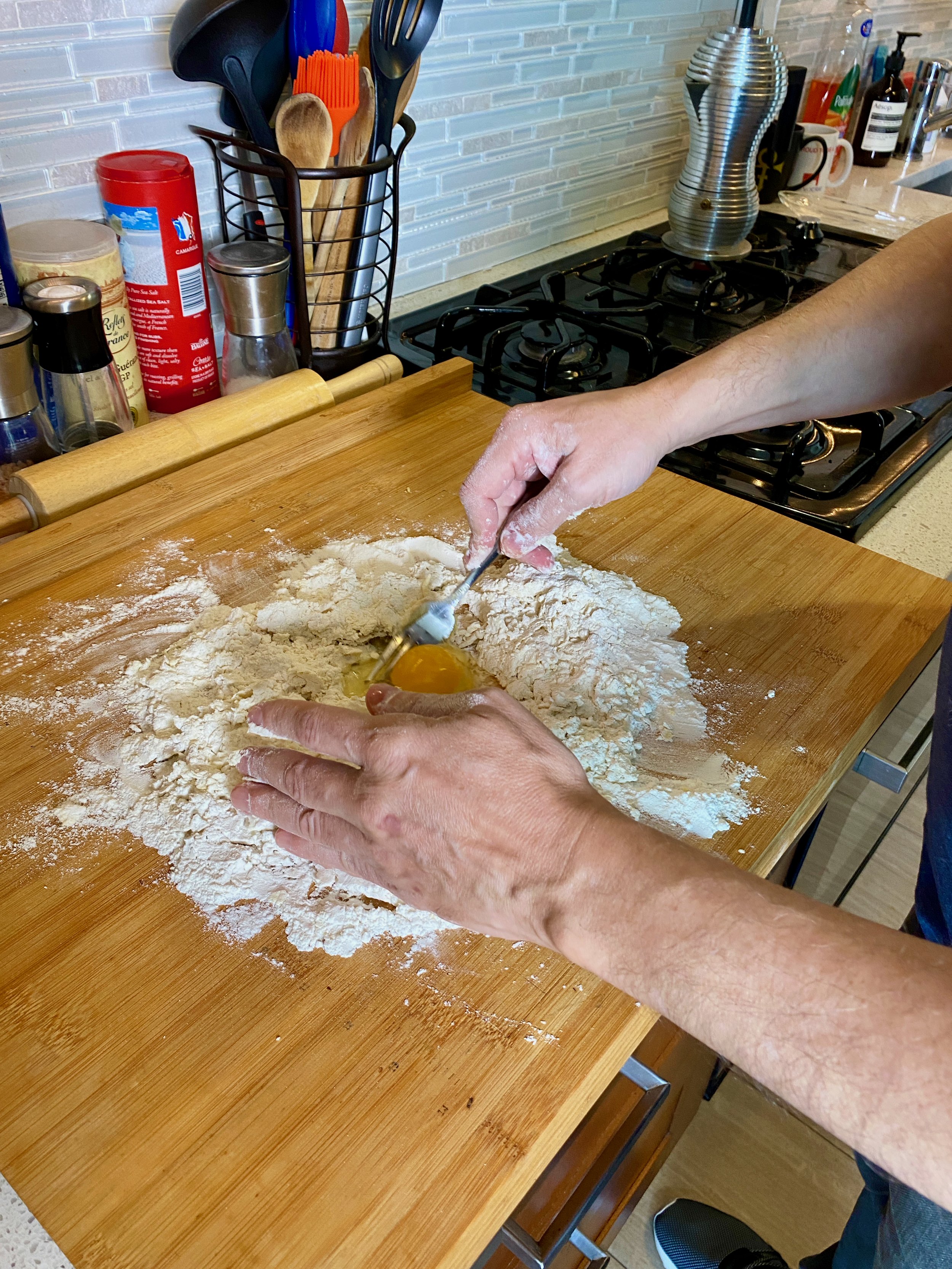

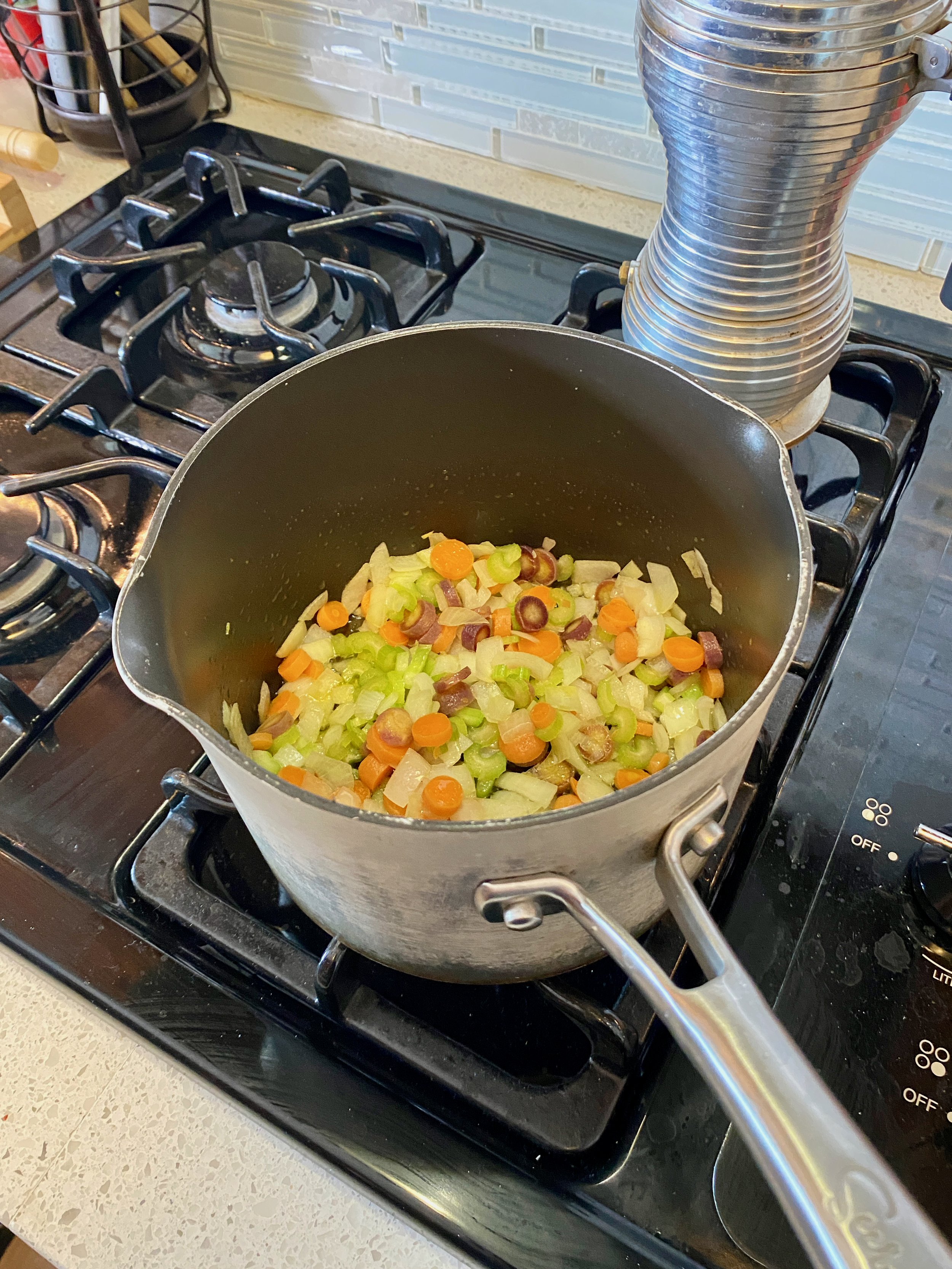

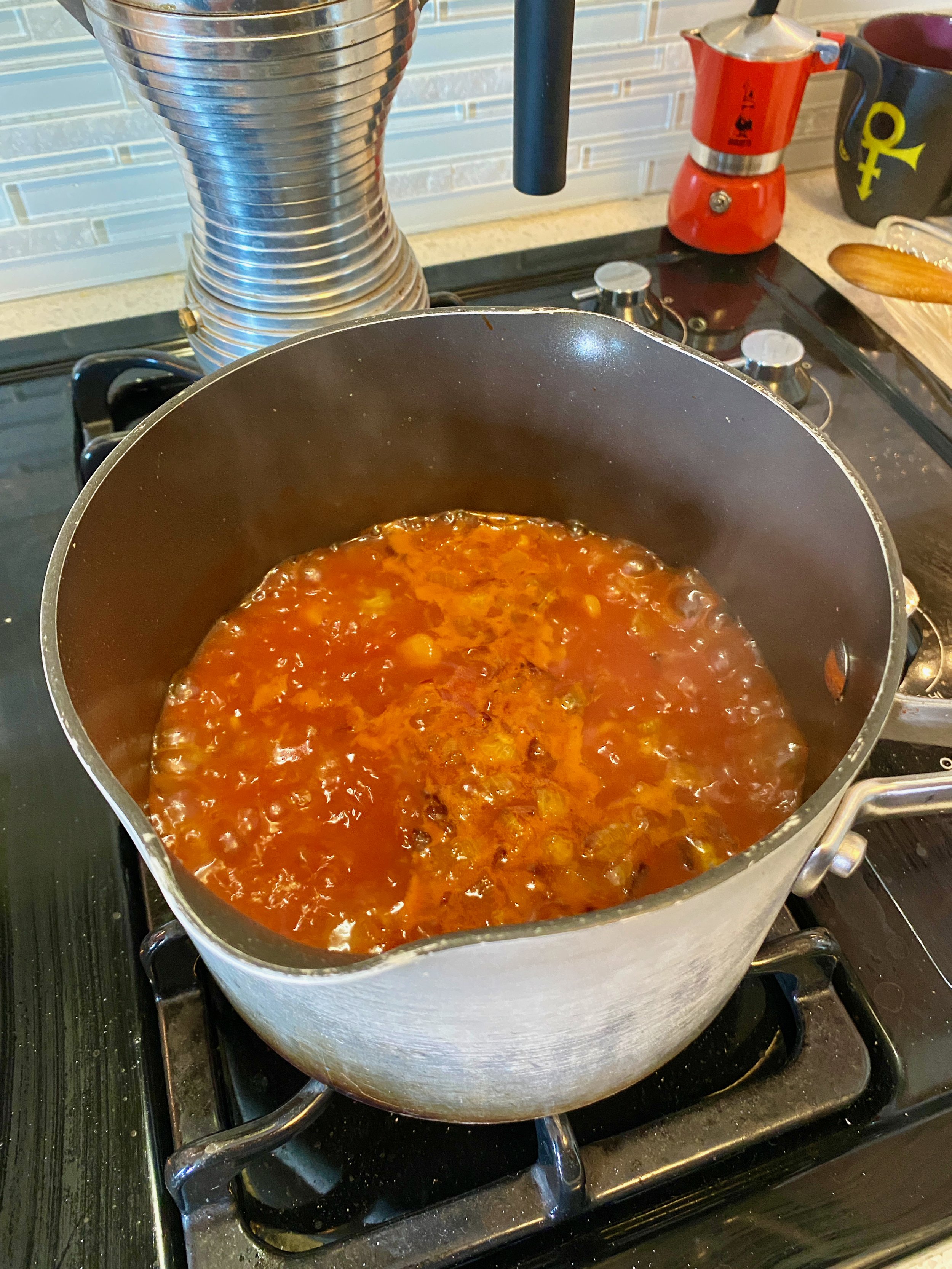
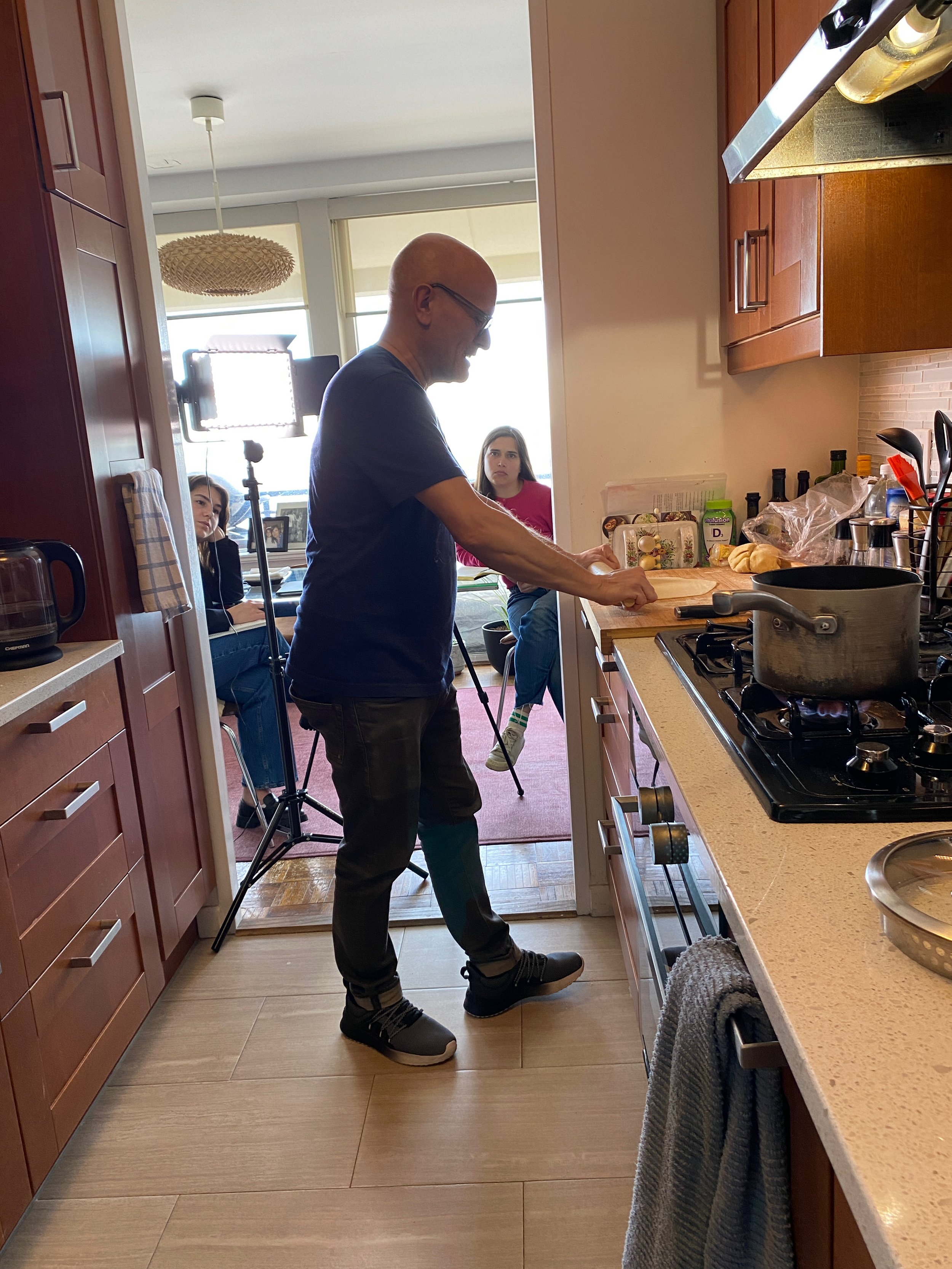
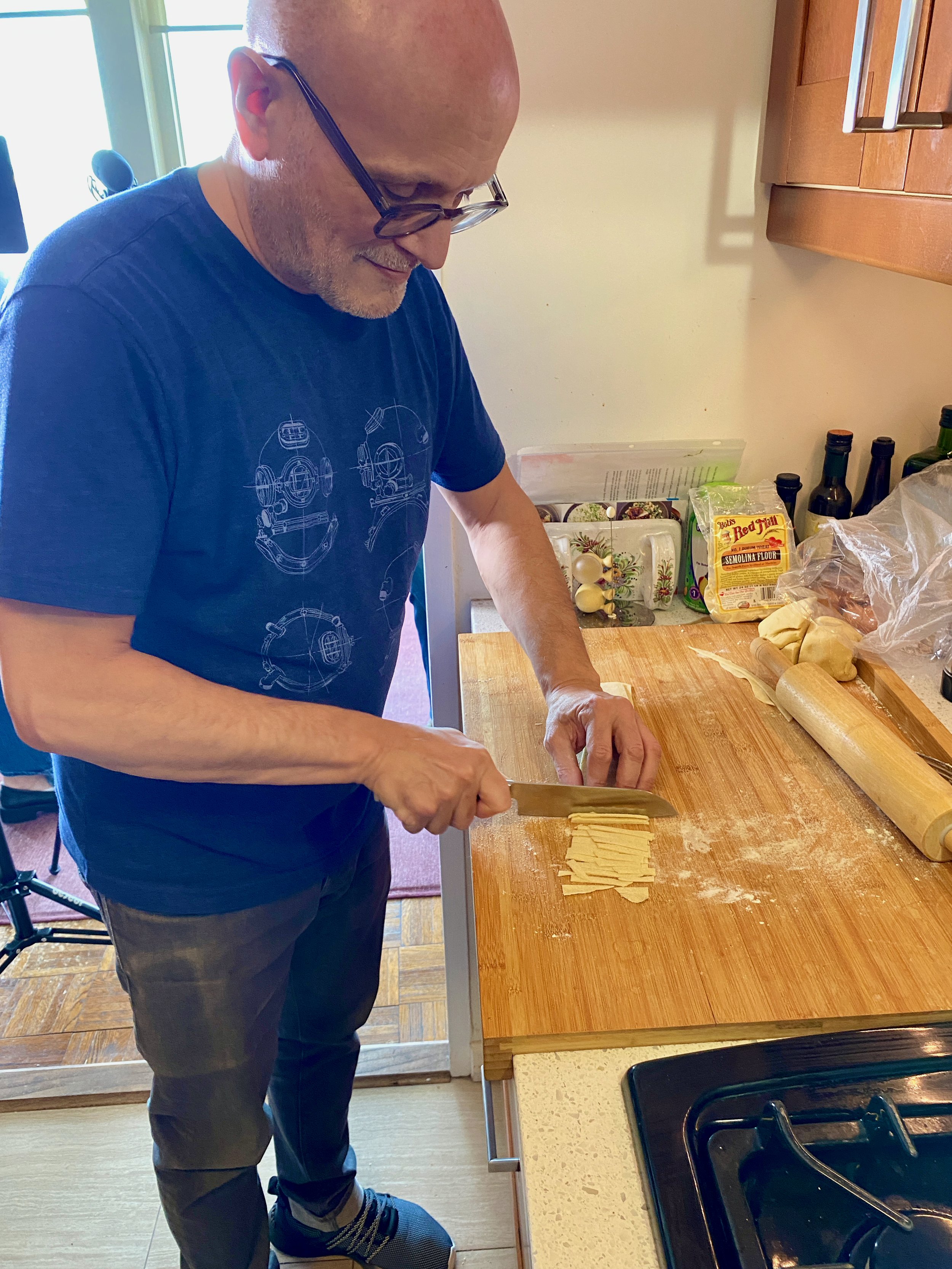
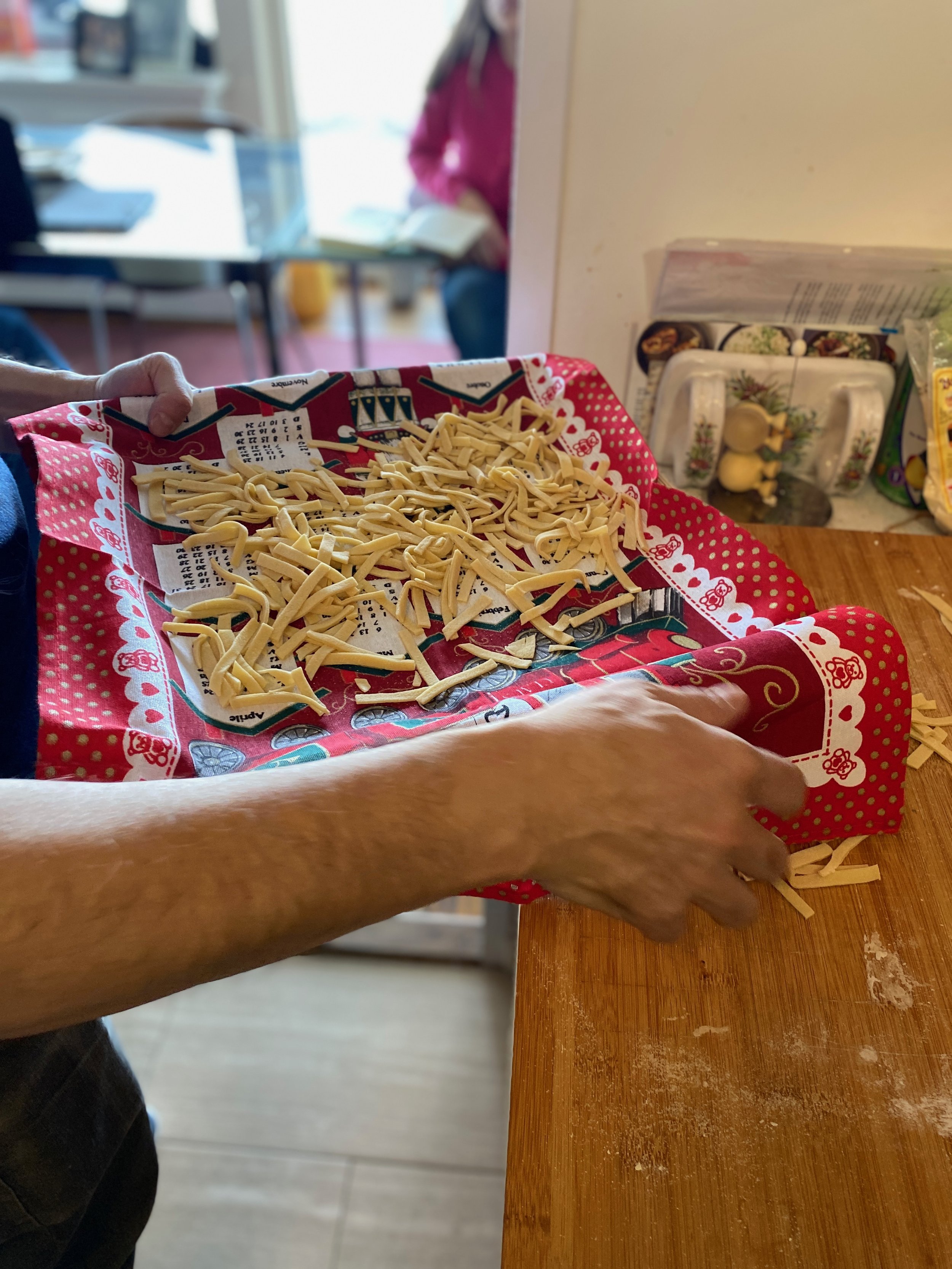

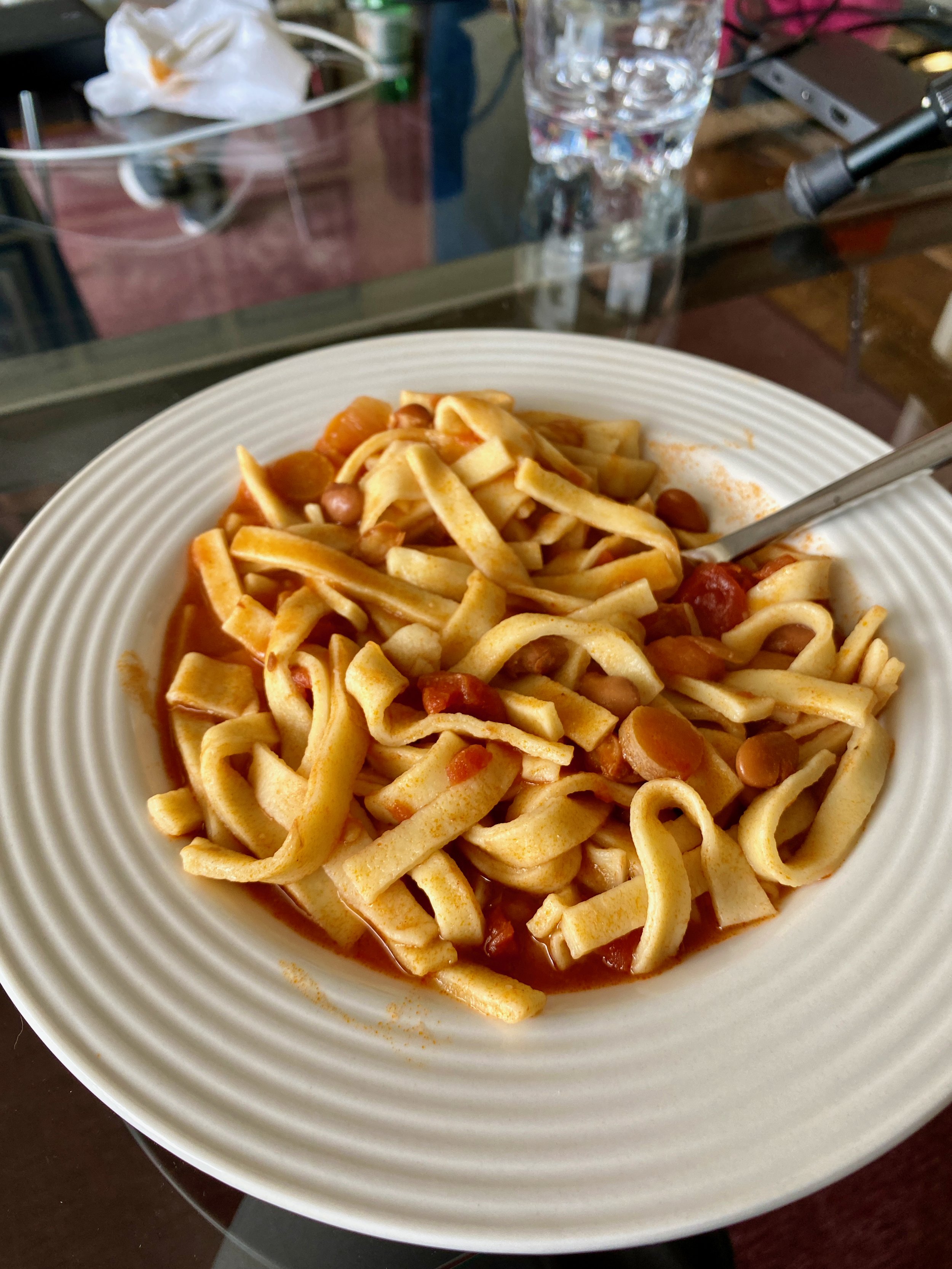
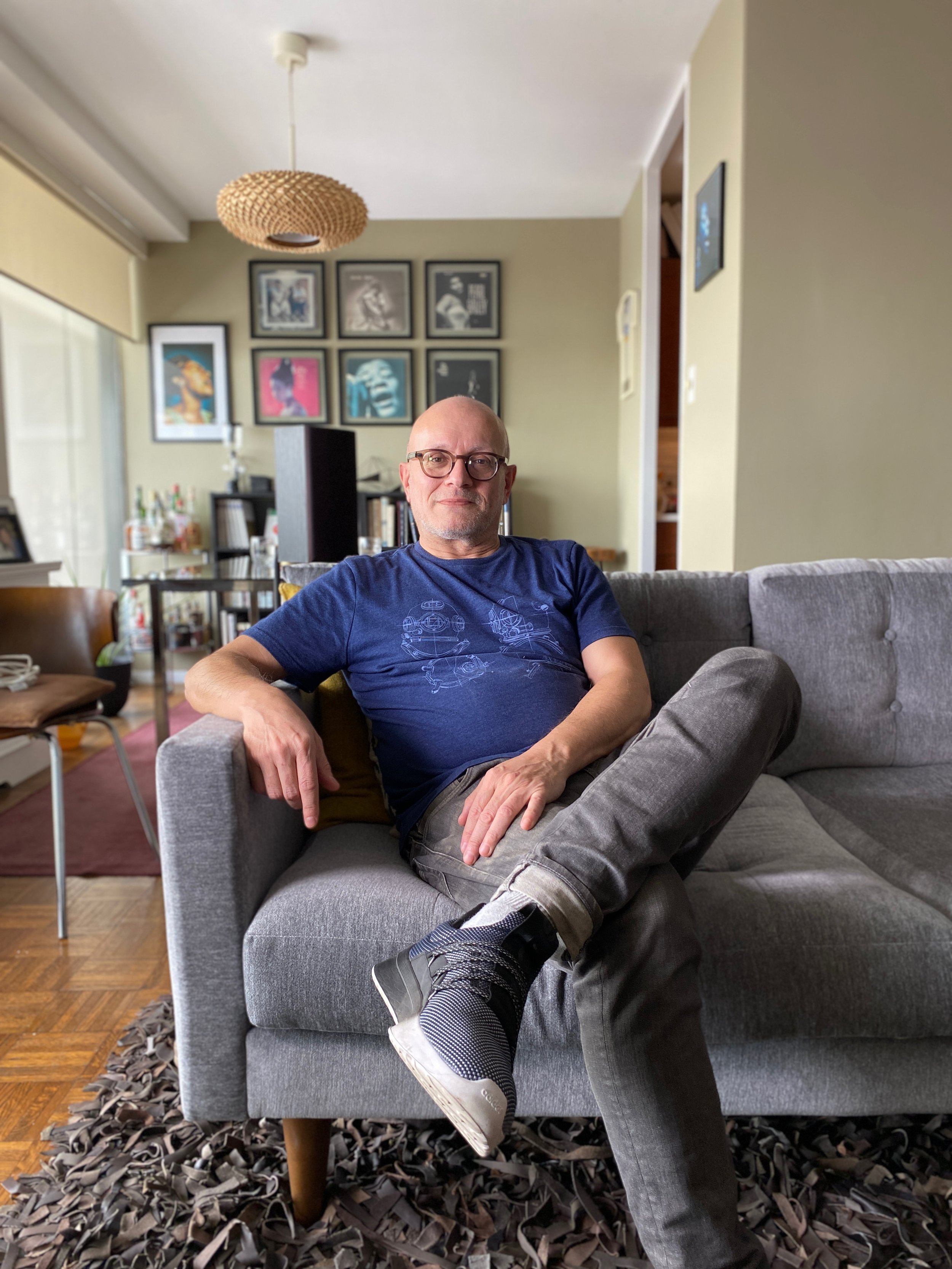
Discovering Food Narratives with Fabio Parasecoli
Join us as we embark on a journey through the world of food with Fabio Parasecoli, exploring how it shapes our culture, memories, and identities. In a series of engaging short-videos, Fabio addresses topics from the heritage and narratives carried by food, to its role in education, diaspora communities, and digital culture. He discusses the politics surrounding food, future culinary trends, and the concept of gastronativism—how food defines belonging and identity. Fabio also examines food's role in cultural exchange and political discourse, offering insights into its power to connect and divide.
Digital Food Cultures
Gastronativism: Food, Identity, Politics
Food, Memory, and Identity
Food Education and Literacy
Food Education and Literacy
Food & Heritage and Cultural Narratives and Food
The Politics of Food
Future Directions for Culinary Traditions
The Role of Food in Cultural Exchange and Political Discourse

Tajarille e fagioli
Let me start by saying that I do not know how to write recipes, especially of dishes I make often. I go very much by the "a little bit of this, a little bit of that" principle. So I will try to explain what I do when I make tajarille e fagioli.
To make the tajarille, I use 00 flour, adding some semolina. A couple of cups should do for four. I make a crater on the wood board and in the center I break a couple of eggs, mixing them with the flour starting from the inside of the crater. When I start kneading, if I realize the dough needs more eggs I add one (some water as well, in a pinch).
You need to knead until the dough is firm and elastic. Cover it for a while and set aside. Chop one onion, some celery, and a couple of carrots, sautee them with olive oil in a pot (if you like, you can add some pancetta and or prosciutto skin for flavor). Add water and crushed tomato, bring to a boil and then let it simmer for a bit. Add beans (borlotti are the best, if you can find them, otherwise pinto or kidney beans work as well; you can use canned ones, if you do not have access to fresh or dry ones).
While the soup simmers, go back to the dough. Cut it in smaller pieces and work each piece with a rolling pin until it is flat and thin. Cut the flat dough in 2 to 3 inch strips, then cut each strip in 1/4 inch thin strips, the tajarille. Put aside to dry and proceed with the other pieces of dough. When all the tajarille are ready, bring the soup back to a boil and pour them in it. Cook until al dente.

